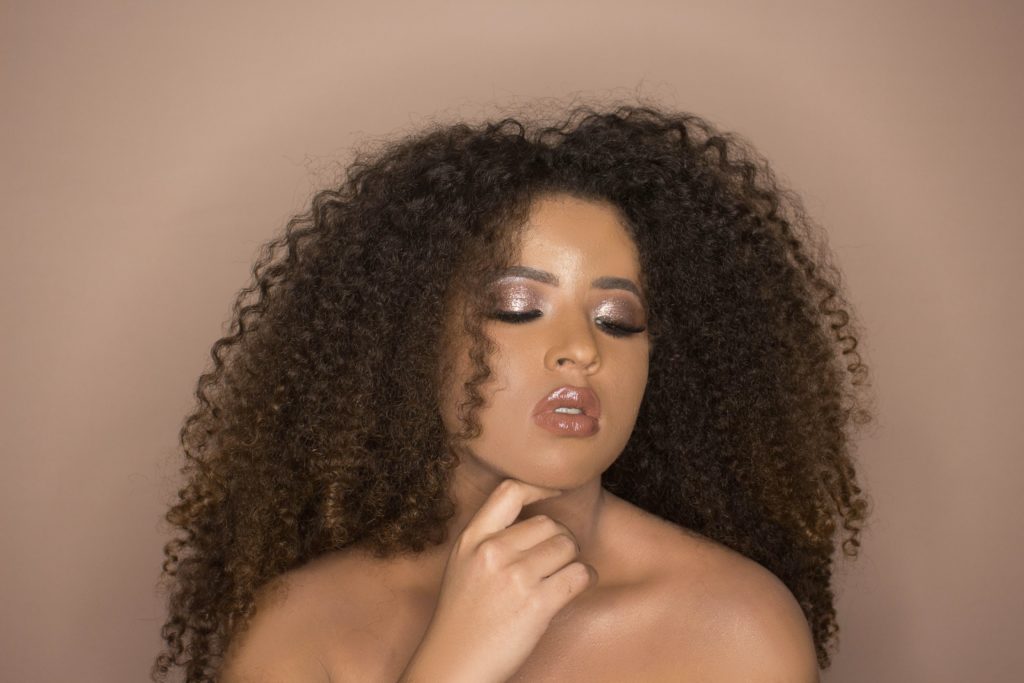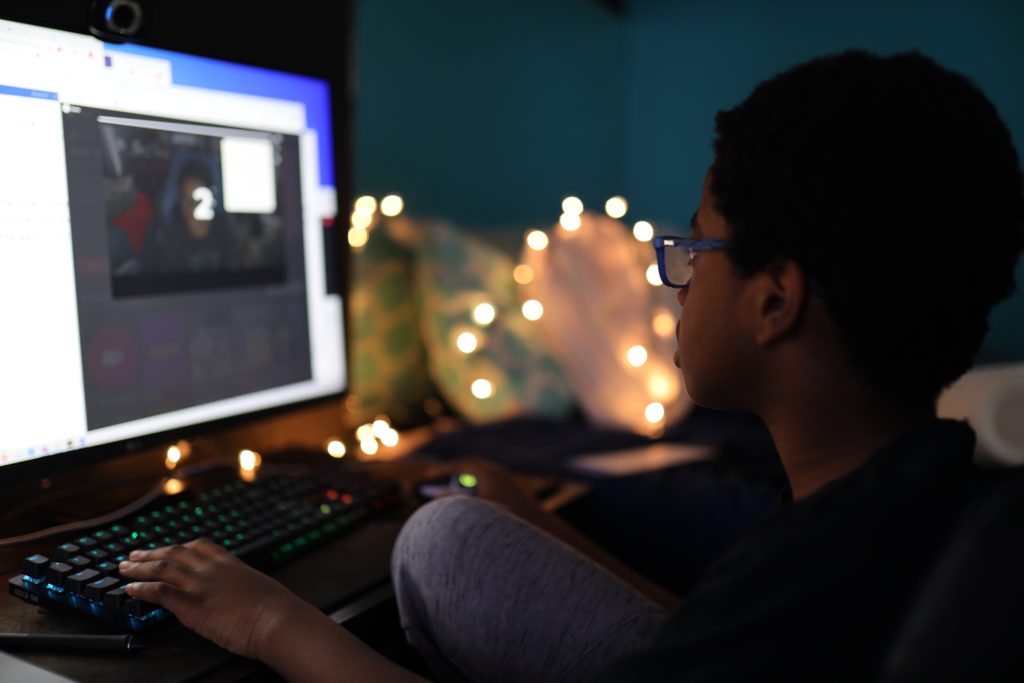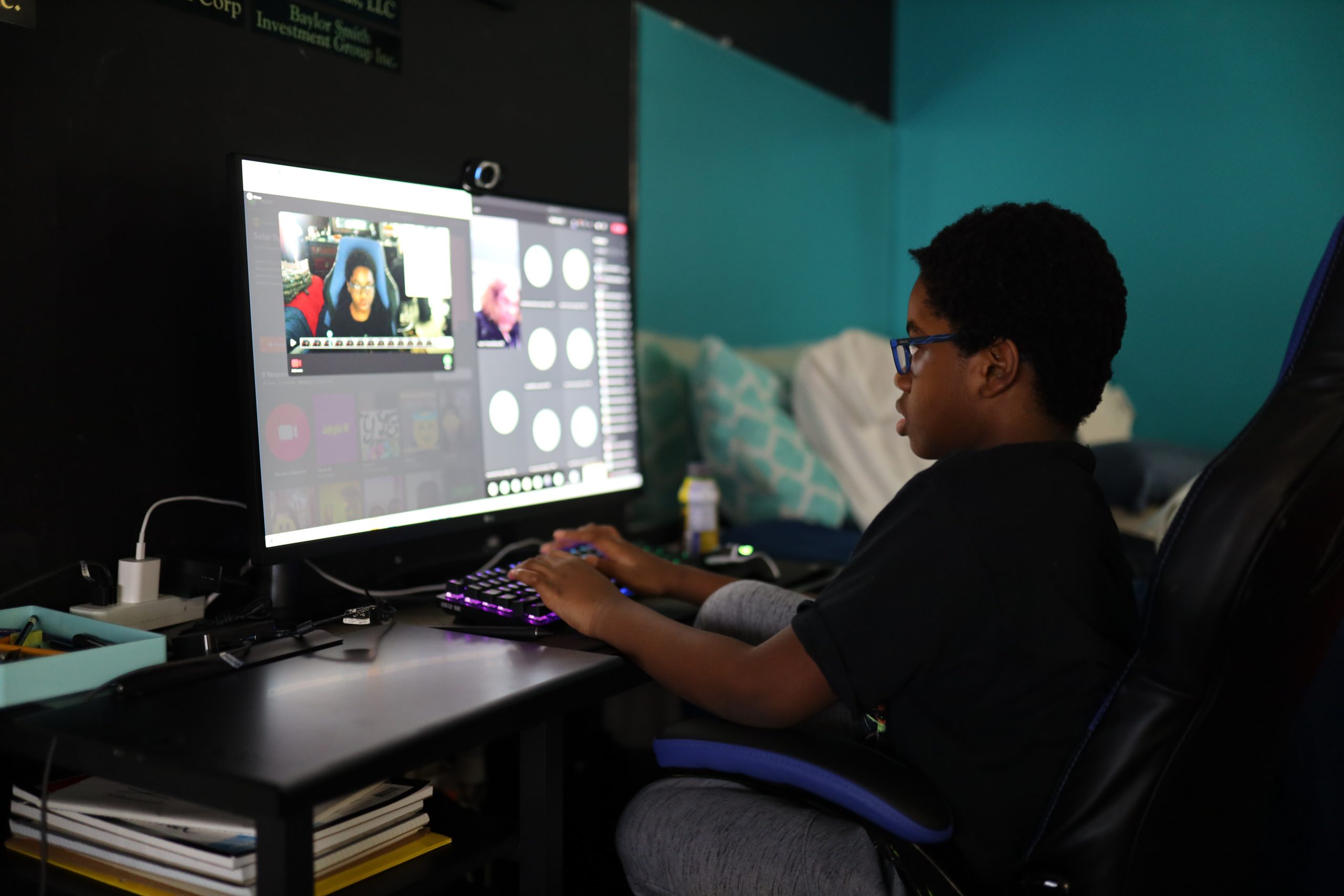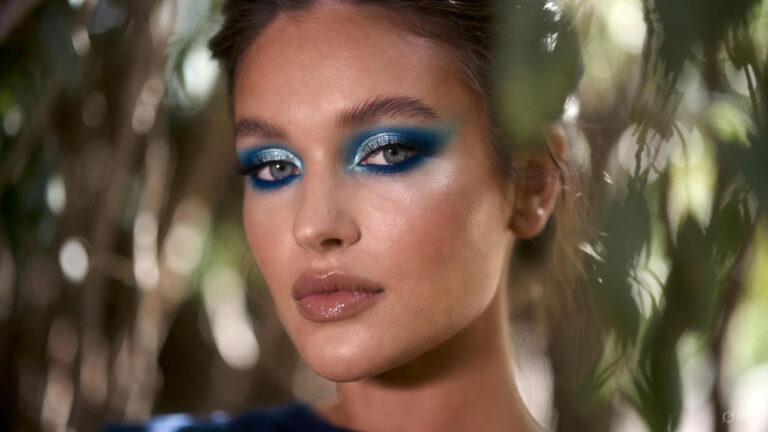Makeup has become a form of self-expression for many of us. Whether a full-face glam look or a simple everyday look, we all love to capture our makeup looks through pictures or videos.
However, not all photos or videos turn out exactly how we want them to. This is where makeup editing comes in. Editing our makeup pics or videos can enhance the overall look and make it more visually appealing.
In this article, we’ll explore different techniques and tools for makeup editing and how you can create stunning makeup content that reflects your personal style.
Tools and Software for Makeup Editing
When it comes to makeup editing, having the right tools and software can make all the difference. Here are some popular options for makeup editing:
Desktop editing software:
- Adobe Photoshop: Widely considered the industry standard for photo editing, Photoshop offers many features for editing makeup photos. However, it can be quite complex and requires some effective training.
- Lightroom: Also part of Adobe Creative Cloud, Lightroom is a more streamlined photo editing software popular with photographers and makeup artists. It offers many of the same features as Photoshop but with a simpler interface.
- GIMP: An open-source photo editor, GIMP offers many of the same features as Photoshop but for free.
Mobile editing apps:
- VSCO: A popular editing app for both photos and videos, VSCO offers a range of presets and tools for adjusting brightness, contrast, and color.
- Facetune 2: Designed specifically for editing selfies, Facetune 2 allows you to retouch skin, whiten teeth, and even reshape facial features.
- PicsArt: A versatile editing app that allows you to apply filters, add text and stickers, and even create collages.
When choosing a makeup editing tool or software, consider your level of experience and the specific features you need. It’s also worth trying out a few different options to find the one that works best for you.
Basic Techniques for Makeup Editing

Basic techniques for makeup editing involve making adjustments to the lighting, contrast, saturation, cropping, and resizing of your makeup photos or videos. These techniques help to enhance the overall appearance of your makeup work and make your content more appealing to your audience. Here are some of the basic techniques for makeup editing that you can use:
- Adjusting Brightness, Contrast, and Saturation: These are the three basic settings you can adjust to make your makeup photos or videos look brighter, clearer, and more vibrant. You can adjust these settings using the editing tools available in most photo or video editing software.
- Cropping and Resizing: Cropping and resizing your makeup photos or videos is important to focus on specific areas and make your content more visually appealing. This can be done by selecting the desired area of the photo or video and cropping or resizing it to your liking.
- Removing Blemishes and Imperfections: Removing blemishes and imperfections from your makeup photos or videos is an essential step in makeup editing. This can be done using the spot healing or clone stamp tools available in most photo or video editing software.
- Applying Filters and Effects: Applying filters and effects to your makeup photos or videos can help enhance the overall appearance of your content. Some popular filters and effects include black and white, sepia, and various color filters.
By using these basic techniques, you can create high-quality makeup photos and videos that will be more appealing to your audience. These techniques can help you showcase your makeup skills and attract more followers to your social media platforms.
Advanced Techniques for Makeup Editing
Advanced techniques for makeup editing are essential for achieving a professional, polished look in your makeup photos or videos. Here are some advanced techniques to consider:
Color Correction
Color correction is a powerful tool for correcting any color imbalances in your makeup photos or videos. It involves adjusting specific colors’ hue, saturation, and brightness levels to achieve the desired effect. For example, you may need to adjust the color balance to correct the yellow tint caused by indoor lighting.
Skin Retouching
Skin retouching is a popular technique used to remove imperfections and enhance skin texture. It involves softening the skin, removing blemishes, and reducing wrinkles. However, it’s important to use a light hand when retouching skin to avoid creating an unrealistic, plastic look.
Adding or Removing Makeup Elements
Adding or removing makeup elements can be a great way to experiment with different makeup looks. For example, you can add eyelashes, change the color of your lipstick, or remove unwanted elements like stray hair or smudged eyeliner.
Creating Collages and Overlays
Creating collages and overlays can add a unique touch to your makeup photos or videos. You can layer multiple photos or videos on top of each other to create a new composition or add text and graphics to your images.
When using advanced techniques for makeup editing, it’s important to keep in mind that less is often more. It’s easy to get carried away with editing and end up with an unnatural photo or video. Always strive to maintain a natural look and use advanced techniques to enhance your makeup look rather than completely change it.
Tips for Makeup Editing

Makeup editing is an essential aspect of creating stunning makeup looks for social media platforms. Whether you are a beginner or a seasoned makeup artist, there are a few tips that can help you elevate your makeup editing game. Here are some tips for makeup editing:
Lighting and Background Considerations
Before starting the editing process, ensure your lighting and background are perfect. Good lighting and background help to enhance the makeup look and create a professional-looking image. Avoid harsh shadows or glares in the background, and ensure the lighting is even.
Consistency in Editing Style
It’s essential to have a consistent editing style for all your makeup images and videos. This consistency creates a unique brand identity and helps to build a loyal audience. Decide on a particular style, such as bright and airy or moody and dark, and stick with it.
Keeping it Natural-Looking
When editing your makeup looks, avoid making them look overly edited or fake. It’s essential to maintain the natural look of the makeup so it doesn’t appear overdone. Keep the editing subtle and avoid overdoing it.
Staying Up-to-Date with Trends:
Makeup editing trends change frequently, so staying updated with them is essential. Follow popular makeup artists on social media platforms and keep an eye out for new editing trends. Try to incorporate new trends into your editing style to keep it fresh and exciting.
Experiment with Filters and Effects:
Filters and effects can add extra creativity to your makeup editing. Experiment with different filters and effects to create a unique look for your makeup images and videos. However, it’s essential to keep it subtle and not overdo it.
These tips can help you enhance your makeup editing skills and create stunning makeup looks for social media platforms. Remember to keep it natural-looking, stay up-to-date with trends, experiment with filters and effects, maintain consistency in your editing style, and pay attention to lighting and background considerations.
Editing Makeup Videos
Editing makeup videos is a crucial part of creating compelling and engaging content for your viewers. Here are some tips to help you edit your makeup videos effectively:
- Plan your shots: Before you begin shooting, plan out the shots you want to include in your video. This will help you save time during the editing process.
- Use good lighting: Good lighting is essential for makeup videos. Make sure that your lighting is consistent throughout the video and that your subject is well-lit. This will make it easier to edit your footage later on.
- Choose the right software: Many video editing software options are available, so choose one that meets your needs and budget. Some popular options include Adobe Premiere Pro, Final Cut Pro, and iMovie.
- Organize your footage: Organize your footage before you start editing. This will make finding the shots you need easier and save you time in the long run.
- Cut and trim your footage: Cut and trim your footage to remove any unnecessary or distracting footage. Keep your video concise and engaging.
- Add transitions: Adding transitions between your shots can help make your video flow better and keep your viewers engaged.
- Use music and sound effects: Adding music and sound effects to your video can help create a more immersive experience for your viewers.
- Color correct and grade your footage: Color correcting and grading your footage can help give your video a more polished look. This can include adjusting your footage’s brightness, contrast, and saturation.
- Add text and graphics: Adding text and graphics can help emphasize important points in your video and make it more visually appealing.
- Preview your video: Preview your video before publishing it to ensure it looks and sounds how you want it to.
Editing your makeup videos can be time-consuming, but it’s worth the effort if it results in a more engaging and visually appealing final product. With these tips, you’ll be able to edit your makeup videos effectively and create content that your viewers will love.
Conclusion
Makeup editing has become essential to creating captivating and visually appealing makeup pics or videos. Whether you’re a makeup artist, beauty influencer, or someone who loves to experiment with makeup, learning how to edit your content can enhance the overall quality of your work.
With the right tools, software, and techniques, you can create stunning makeup looks that are sure to capture your audience’s attention. However, it’s crucial to remember that editing should enhance your natural beauty rather than alter your appearance completely. With practice and attention to detail, you can perfect your editing skills and create content that you’re proud of.
So go ahead and experiment with different editing techniques, stay up-to-date with trends, and most importantly, have fun with it!



